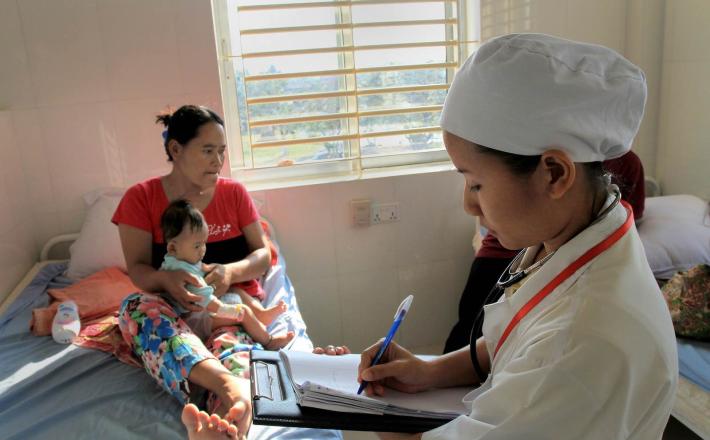Why gender matters in the impact and recovery from Covid-19
Source: Lowy Institute
The Covid-19 outbreak has revealed the strengths and weaknesses in our collective global and national capacities to respond to this health emergency. Everything in our social world is gendered, and so it is with Covid-19. As with the experience of wars and the 2008 Global Financial Crisis, women are often those least visible in crisis decision-making, yet within health emergencies they are conspicuous as healthcare workers and carers. This gendered reality is a remarkable pattern replicated across diverse societies and countries.
Front-line health professionals and workers most exposed to the infectious disease are likely to be women: nurses, nurse aides, teachers, child care workers, aged-care workers, and cleaners are mostly women. And 67% of the global health workforce is female, according to a 2019 study.
Among those workers – many part-time and casual, and most likely to be laid off or given shorter hours during the crisis and post-crisis – women are the largest group. Compared with men, women are more likely to be casual workers without sick leave/isolation leave work entitlements. Migrant women workers – nurses and domestic workers – experience double discrimination through both low-paid and/or casual work, with greater risk of wage loss and unemployment, limited access to healthcare and protective items.
Click here to read the full article published by Lowy Institute on 20 March 2020.

The Covid-19 outbreak has revealed the strengths and weaknesses in our collective global and national capacities to respond to this health emergency. Everything in our social world is gendered, and so it is with Covid-19. As with the experience of wars and the 2008 Global Financial Crisis, women are often those least visible in crisis decision-making, yet within health emergencies they are conspicuous as healthcare workers and carers. This gendered reality is a remarkable pattern replicated across diverse societies and countries.
Front-line health professionals and workers most exposed to the infectious disease are likely to be women: nurses, nurse aides, teachers, child care workers, aged-care workers, and cleaners are mostly women. And 67% of the global health workforce is female, according to a 2019 study.
Among those workers – many part-time and casual, and most likely to be laid off or given shorter hours during the crisis and post-crisis – women are the largest group. Compared with men, women are more likely to be casual workers without sick leave/isolation leave work entitlements. Migrant women workers – nurses and domestic workers – experience double discrimination through both low-paid and/or casual work, with greater risk of wage loss and unemployment, limited access to healthcare and protective items.
Click here to read the full article published by Lowy Institute on 20 March 2020.